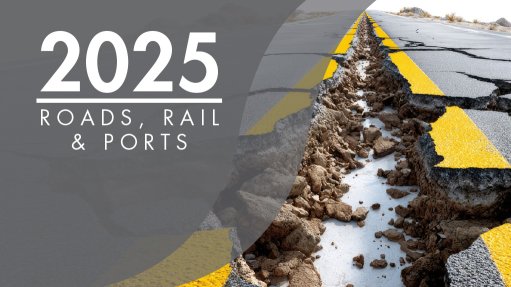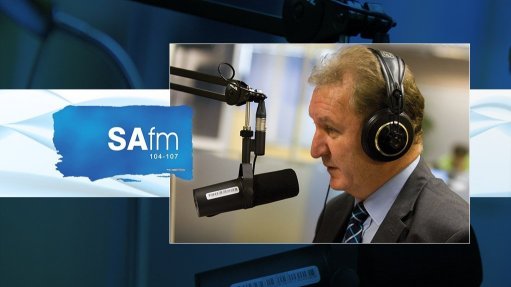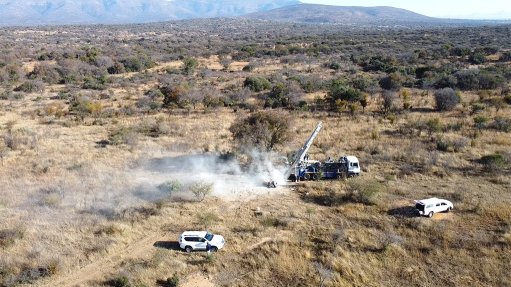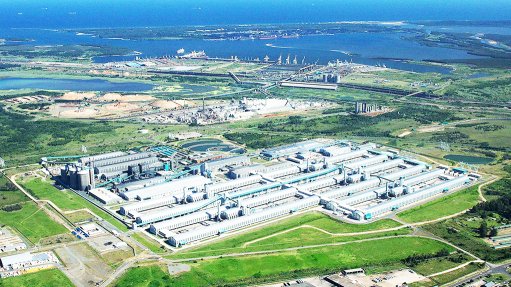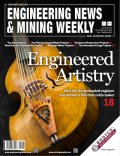Lightweight interiors boost efficiency

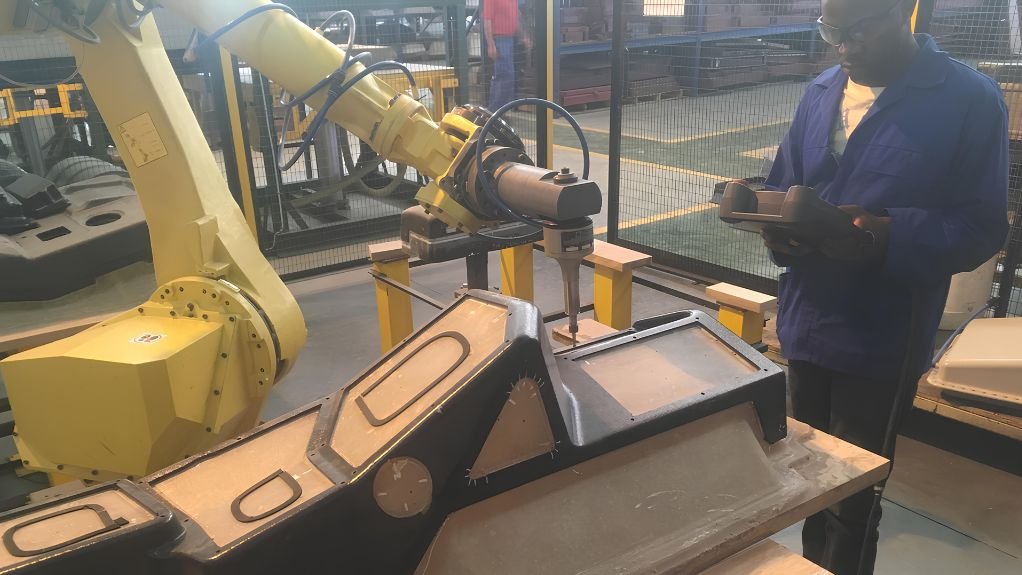
SWEET SPOT Vacuum thermoforming provides a “sweet spot” for manufacturers working on smaller production runs, allowing them to produce durable plastic interior components with a much lower startup cost
There are opportunities in South Africa’s commercial vehicle sector to leverage technologies that enhance fuel efficiency and reduce emissions, despite rising input costs and global trade uncertainty, says aviation-to-automotive component manufacturer Aero Services GM Johnathan Scott.
One such innovation is vacuum-thermoformed and composite components to reduce overall vehicle weight.
Scott says Aero Services has been transferring its aviation-grade expertise in vacuum thermoforming and high-performance composites to the local commercial vehicle industry, applying aerospace-level quality and design principles to components such as dashboards, door panels and cabin interiors.
“We apply our aviation expertise into the commercial vehicle industry mainly on a component-by-component basis. Our team designs, manufactures, and in some cases certifies interior and structural parts such as ducting, dashboards, storage systems and composite assemblies. The same engineering methods, quality standards and disciplined processes we use in aviation are simply applied to these vehicle platforms. We either design from scratch or build to customer drawings, depending on the project.”
Scott says vacuum thermoforming provides a “sweet spot” for manufacturers working on smaller production runs, enabling them to produce durable plastic interior components using a much lower startup cost.
“The tooling and design costs are orders of magnitude lower than those of injection moulding, which makes it ideal for the South African market, where many vehicle assemblers work with low to medium-volume production. Vacuum thermoforming and extent composite manufacture both allow for a faster iterative development process. [Further,] our ability to design and machine our own tooling provides a solid base.”
Beyond cost, the process allows for rapid prototyping, making it easier for manufacturers to test and refine designs before full- scale production which can include the use of 6-axis robotic trimming for fast repeatable production.
He asserts that progressing from concept to actual trial parts is “much faster” and at “a fraction of the cost” while achieving component life spans comparable to those of injection-moulded parts.
Lighter Vehicle
Scott highlights that the real performance advantage is the weight reduction: “While we do not provide direct increases in efficiencies to the drivetrain for example, we do have solutions to save on mass and as soon as you make something lighter, it becomes more efficient. A lighter vehicle automatically uses less fuel, and that efficiency gain contributes directly to lower emissions”.
Aero Services uses various composite configurations, such as glass or carbon-fibre skins with foam or honeycomb cores, to create sandwich panels that deliver high stiffness without added mass. The panels are produced using aluminium or glass or carbon skins and PVC foam or Nomex honeycomb cores.
“These are extremely strong but weigh far less than equivalent steel or solid structures and can be made up on sheets and then ‘routered’ out or made into complex 3D shapes using tooling,” he adds.
Such lightweight materials, long used in aviation, are now gaining traction in heavy commercial and passenger vehicle applications.
“In the bus industry, for instance, we’ve developed tray tables and ducting systems that replace traditional steel designs with thermoformed plastics. The result is better thermal performance, improved durability and reduced overall vehicle weight.”
Scott says anything that reduces vehicle weight and improves efficiency has a trickle- down effect in making electric, hybrid or alternative-fuel vehicles more viable.
However, sourcing advanced materials locally remains a challenge, as most of the flame-retardant and high-performance materials that the company uses are not manufactured in South Africa.
“We rely on local distributors that import from global suppliers, which adds cost and complexity. Even if the material sheet stock is extruded locally, our suppliers need to import the raw material. The same goes for most specialised resin systems we use. We then convert it locally and then export the final component again, which makes it hard to compete with manufacturers closer to major markets in Europe, Asia or the US.”
Despite these constraints, South Africa still retains a niche competitive advantage in specialised design and low- to medium- volume manufacturing, he notes.
“We have the skills base to go from concept design to production for vehicles like buses, mining trucks and armoured personnel carriers. These capabilities, particularly in systems integration and composite fabrication, remain strong and globally relevant.”
A key part of Aero Services’ value proposition is applying aviation-derived safety standards to ground vehicles.
“In aviation, flammability matters. We use materials that are self-extinguishing or emit fewer toxic gases in a fire, giving passengers more time to escape an aircraft in distress. Those same principles are increasingly important in public transport vehicles.”
Scott believes that awareness of vacuum- thermoforming and composites will continue to grow in the local vehicle manufacturing landscape.
Although these technologies have been in use for decades, their exposure in commercial industries is still growing. However, with more local original-equipment manufacturers and fleet operators understanding the flexibility, time-to-market and efficiency advantages, adoption will accelerate.
“Vacuum-thermoformed and composite interiors may seem like small changes, but, in aggregate, they make a meaningful difference to the performance and sustainability of South Africa’s commercial vehicle fleet,” he concludes.
Article Enquiry
Email Article
Save Article
Feedback
To advertise email advertising@creamermedia.co.za or click here
Press Office
Announcements
What's On
Subscribe to improve your user experience...
Option 1 (equivalent of R125 a month):
Receive a weekly copy of Creamer Media's Engineering News & Mining Weekly magazine
(print copy for those in South Africa and e-magazine for those outside of South Africa)
Receive daily email newsletters
Access to full search results
Access archive of magazine back copies
Access to Projects in Progress
Access to ONE Research Report of your choice in PDF format
Option 2 (equivalent of R375 a month):
All benefits from Option 1
PLUS
Access to Creamer Media's Research Channel Africa for ALL Research Reports, in PDF format, on various industrial and mining sectors
including Electricity; Water; Energy Transition; Hydrogen; Roads, Rail and Ports; Coal; Gold; Platinum; Battery Metals; etc.
Already a subscriber?
Forgotten your password?
Receive weekly copy of Creamer Media's Engineering News & Mining Weekly magazine (print copy for those in South Africa and e-magazine for those outside of South Africa)
➕
Recieve daily email newsletters
➕
Access to full search results
➕
Access archive of magazine back copies
➕
Access to Projects in Progress
➕
Access to ONE Research Report of your choice in PDF format
RESEARCH CHANNEL AFRICA
R4500 (equivalent of R375 a month)
SUBSCRIBEAll benefits from Option 1
➕
Access to Creamer Media's Research Channel Africa for ALL Research Reports on various industrial and mining sectors, in PDF format, including on:
Electricity
➕
Water
➕
Energy Transition
➕
Hydrogen
➕
Roads, Rail and Ports
➕
Coal
➕
Gold
➕
Platinum
➕
Battery Metals
➕
etc.
Receive all benefits from Option 1 or Option 2 delivered to numerous people at your company
➕
Multiple User names and Passwords for simultaneous log-ins
➕
Intranet integration access to all in your organisation





